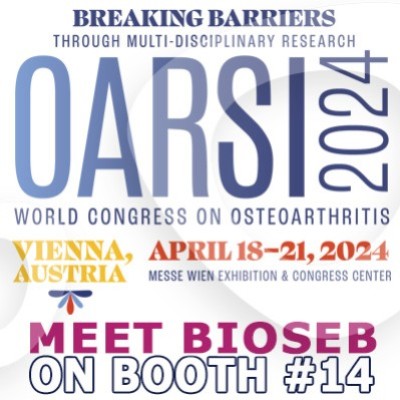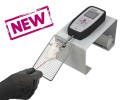Authors
Ching-Hua Lu , Axel Petzold, Bernadett Kalmar, James Dick, Andrea Malaspina, Linda Greensmith
Lab
University College London, England, United Kingdom
Journal
PLOS ONE
Abstract
Background: Amyotrophic lateral sclerosis (ALS) is an incurable neurodegenerative disorder characterised by progressive degeneration of motor neurons leading to death, typically within 3–5 years of symptom onset. The diagnosis of ALS is largely reliant on clinical assessment and electrophysiological findings. Neither specific investigative tools nor reliable biomarkers are currently available to enable an early diagnosis or monitoring of disease progression, hindering the design of treatment trials.
Methodology/Principal Findings: In this study, using the well-established SOD1 G93A mouse model of ALS and a new inhouse ELISA method, we have validated that plasma neurofilament heavy chain protein (NfH) levels correlate with both functional markers of late stage disease progression and treatment response. We detected a significant increase in plasma levels of phosphorylated NfH during disease progression in SOD1G93A mice from 105 days onwards. Moreover, increased plasma NfH levels correlated with the decline in muscle force, motor unit survival and, more significantly, with the loss of spinal motor neurons in SOD1 mice during this critical period of decline. Importantly, mice treated with the disease modifying compound arimoclomol had lower plasma NfH levels, suggesting plasma NfH levels could be validated as an outcome measure for treatment trials.
Conclusions/Significance: These results show that plasma NfH levels closely reflect later stages of disease progression andtherapeutic response
BIOSEB Instruments Used:
Grip strength test (BIO-GS3)

 Pain - Thermal Allodynia / Hyperalgesia
Pain - Thermal Allodynia / Hyperalgesia Pain - Spontaneous Pain - Postural Deficit
Pain - Spontaneous Pain - Postural Deficit Pain - Mechanical Allodynia / Hyperalgesia
Pain - Mechanical Allodynia / Hyperalgesia Learning/Memory - Attention - Addiction
Learning/Memory - Attention - Addiction Physiology & Respiratory Research
Physiology & Respiratory Research
 Pain
Pain Metabolism
Metabolism Motor control
Motor control Neurodegeneration
Neurodegeneration Cross-disciplinary subjects
Cross-disciplinary subjects Muscular system
Muscular system General activity
General activity Mood Disorders
Mood Disorders Other disorders
Other disorders Joints
Joints Central Nervous System (CNS)
Central Nervous System (CNS) Sensory system
Sensory system Bioseb on booth #14 at OARSI 2024 in Vienna
Bioseb on booth #14 at OARSI 2024 in Vienna 